Blockchain is a new and emerging technology which claims to be the panacea for the trust issues currently plaguing the ad tech ecosystem. But can it really deliver on that promise? Before we attempt to answer that question, let’s start with trying to understand what blockchain really is.

Simply put, a blockchain is a ledger similar to an Excel spreadsheet, only it accepts input from many different parties. The ledger can only be changed when there is a consensus among the group. That makes it more secure, and it means there's no need for a central authority to approve transactions.
To understand blockchains, we have to understand two critical concepts:
- How do blockchains balance transactions in a better way?
- How and why do blockchains use the concept of hashing?
Let’s understand how blockchains balance ledgers using real-world examples. Imagine a town which has five residents, each with a cache of coins. Each resident wants to trade with every other resident, while also keeping a clear record of every trade. There are two ways they can achieve this:
- The traditional way: The residents elect a representative to keep a central ledger. Every time two participants make a trade, this representative updates how many coins each resident has. This is how banks balance ledgers.
- An alternative way: Every time a trade happens between two residents, it is announced to every other resident. Then, everybody updates their respective counts of coins against each resident. No representatives are needed. Everyone makes sure they have the same information before processing the next trade. This is how blockchains balance ledgers.
As observed above, blockchains are a way of announcing to every other party capable of doing a transaction that a transaction has happened between two parties. But this presents a problem regarding anonymity of parties involved in the transaction. This is solved by blockchain’s second critical concept: hashing.
A hash is a unique code (usually 20 alphanumeric symbols) used to identify any party involved in the transaction without revealing their identity to every other party in the ecosystem. Let’s use an example to illustrate this.
Let’s say two people involved in trading coins want to trade using blockchain. They are called John Smith and Ryan Michaels. If we pass each of them through the hash function, something like this returns:
- A789 234B 5GH7 789N 6GH9
- 56BG 34JH 7AVC 9NH2 6787
These 20 letter codes are how communication happens in the blockchain protocol. In the previous example, when the count of the coins needed to be announced to every other resident in the town, it would be announced using these 20 letter codes instead of real names of people.
Some obvious advantages of using blockchain over traditional methods:
- A transparent, single source of truth. If any party in the ecosystem tries to make a change to a block, everyone else in the chain can see where the change happened and can decide whether this is an authorized change
- Tamper-proof information. In practice, say the distributed ledger is shared across 5,000 computers and a hacker wanted to change some information recorded in one of the blocks. They would have to hack all 5,000 computers simultaneously. This is a virtually impossible task
- Instantaneous transfer. Reconciliation and payment of transaction happens in less than 10 minutes, versus an average of a few days for third-party systems
Since we now understand how blockchain is a superior way of processing transactions over traditional methods, let’s get to its ad tech applications.
- AdChain is an open protocol that allows the building of decentralized applications, specifically for use in the digital advertising ecosystem
- Adex is a decentralized ad exchange that plans to address problems like fraud, privacy and consent in the digital advertising space
- Amino combines technologies from blockchain, payments and ad tech to bring transparency, integrity and auditability to online advertising
- Ethereum is a blockchain-based, publicly available, open-source distributed computing platform that provides a decentralized virtual machine and its own cryptocurrency tokens called “ether.” These attributes allow Ethereum to serve as the foundation of other applications, and make it an attractive base for the generation of smart contracts
- Faktor is a blockchain-based identity management platform that can be utilized by publishers, advertisers and individual users
- Hyperledger is an umbrella project of open-source blockchain initiatives that was started and managed by the Linux Foundation
- Kochava is introducing the XCHNG platform, an open-source digital advertising framework based on blockchain technology allowing the industry to operate on common rails
- NYIAX, a guaranteed media contract exchange, bridges the space between the financial and digital advertising ecosystems utilizing blockchain in partnership with NASDAQ
- Rebel AI secures digital advertising and protects publisher identity and brand spend using machine learning, blockchain and encryption technologies
But all is not rosy. Blockchain has its fair share of criticism. Common complaints include:
- Blockchain isn’t widely adopted, a particularly significant challenge within the ad tech industry. Blockchain relies on multiple “nodes” and players, and if people don’t participate, it doesn’t work.
- It’s too theoretical. Some big platforms in the above list won’t launch until 2018, while NYIAX is still in the proof-of-concept phase. Most moves in blockchain expected to be years away, if they even happen.
- Since blockchain is good for problems that are easy to solve on an individual level but hard to compute overall, scale is a challenge. It is widely reported that one big problem with blockchain’s application in programmatic buying is the technology can only handle around 2,000 transactions per second. In programmatic, we must handle millions of transactions per second.
- Google and some other industry stalwarts are pushing ads.txt, which is a far less sophisticated but simpler to implement.
As with every new technology, there are still hurdles blockchain must overcome. Does it solve for the ever-increasing trust issues in our industry? Only time will tell.

